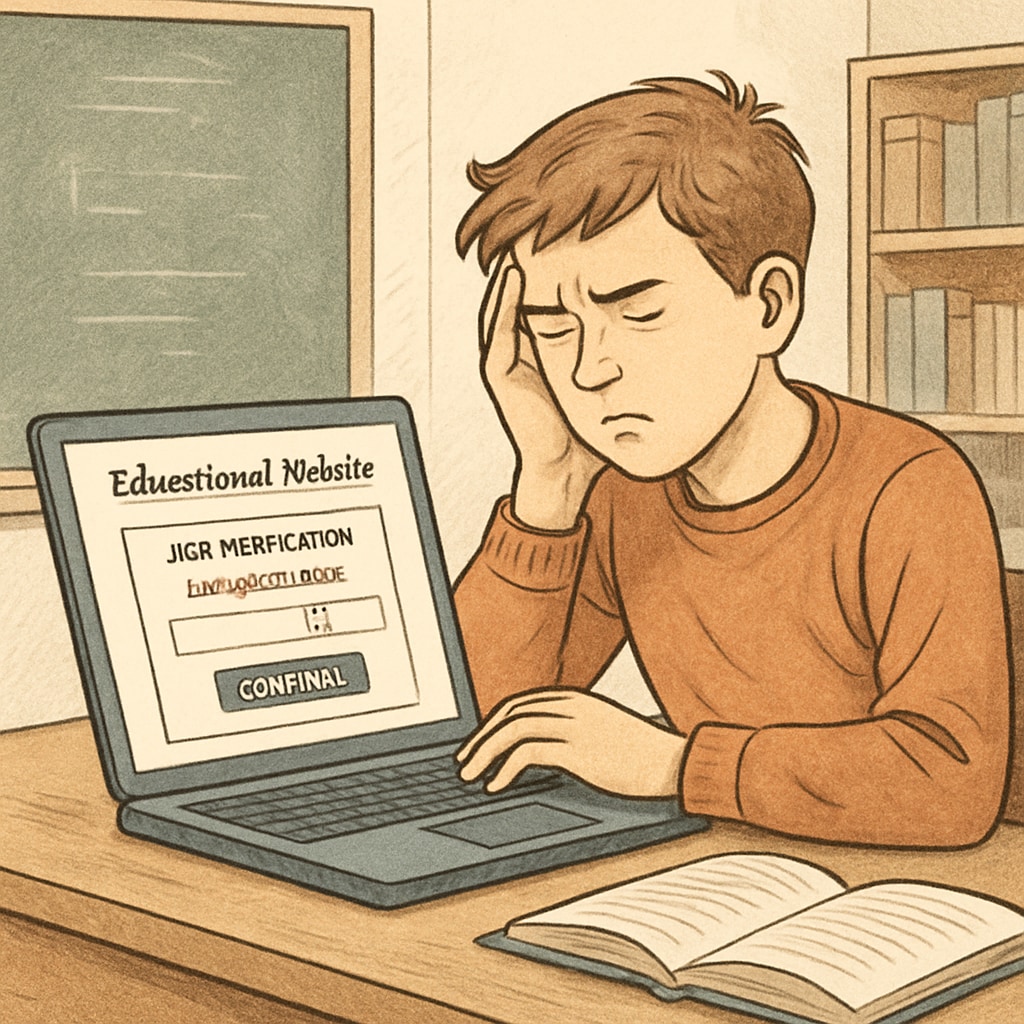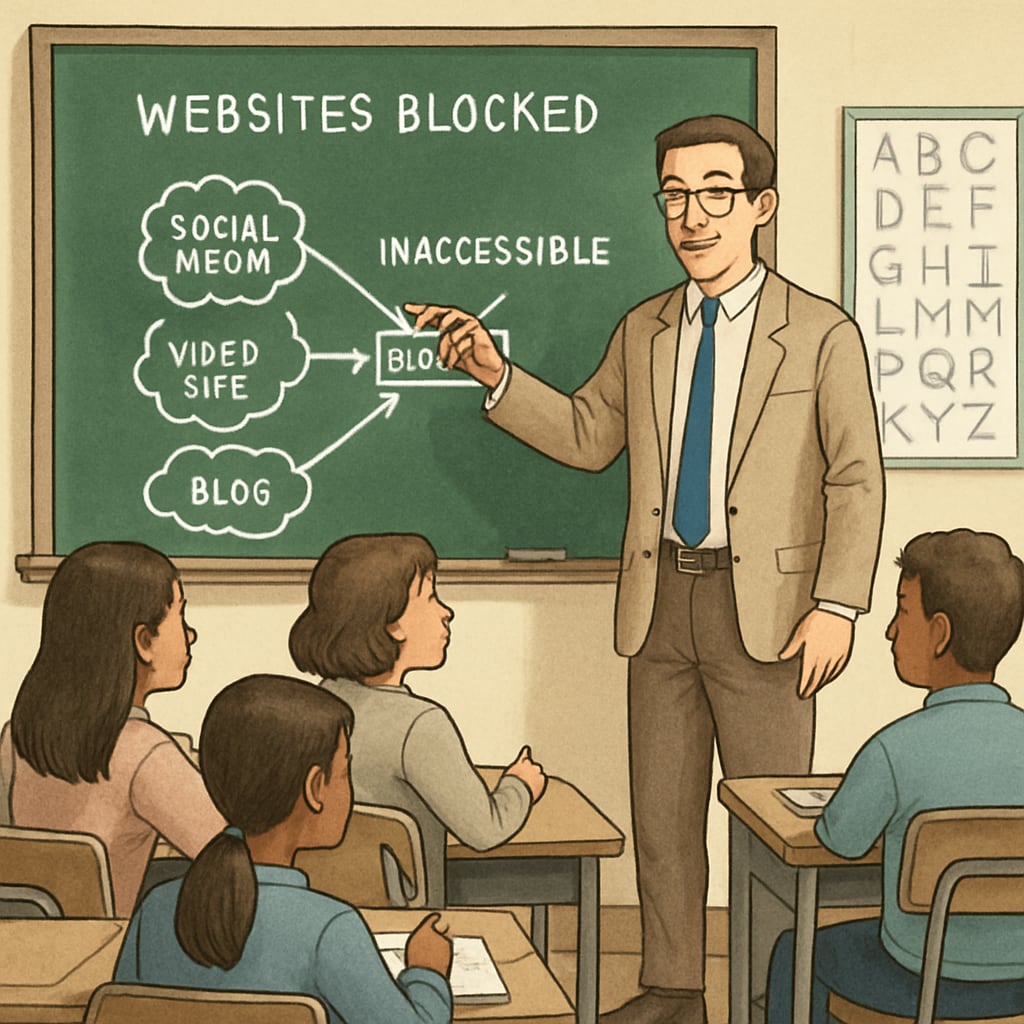As age verification laws gain traction across various U.S. states, concerns surrounding their broader implications are growing. These regulations, designed to regulate online content and protect minors, have inadvertently created barriers for K12 students and educators accessing critical learning materials. The intersection of age verification, website regulation, and content scrutiny raises significant questions about its impact on the quality and inclusivity of educational resources in the digital age.
How Age Verification Laws Affect Educational Resources
Age verification laws, while rooted in the intent to shield minors from harmful content, often employ stringent measures that limit access to legitimate, educational websites. Many sites hosting resources—such as encyclopedias, historical archives, and science platforms—are now required to implement verification systems. These systems can inadvertently exclude minors if parental consent or identity proof is unavailable.
For example, some educational platforms are shifting to subscription models or requiring credit card verification, which disproportionately affects lower-income families. Teachers report difficulties in directing students to external resources, as previously accessible websites now demand barriers that hinder seamless learning experiences.
- Restricted access to online libraries and databases.
- Delayed learning due to verification processes.
- Potential exclusion of students without parental involvement.

The Controversy Around Content Regulation
While the goal of these laws is to regulate harmful online content, the unintended consequence is the overreach into areas that serve educational purposes. Websites hosting literature, art, or scientific research may be flagged for containing “mature themes,” even if the content is age-appropriate in a learning context. This raises concerns about censorship and the potential stifling of intellectual curiosity.
In addition, educators worry that these regulations could normalize the idea of filtering information based on subjective criteria, impacting the development of critical thinking skills. For example, a biology website explaining reproductive health might face hurdles, despite its importance in K12 education.
- Censorship of legitimate educational topics.
- Potential bias in content filtering algorithms.
- Reduced diversity in learning materials.

Adapting to a New Educational Landscape
Educators and policymakers must work collaboratively to mitigate these challenges while preserving the intent of age verification laws. Solutions include:
- Developing government-approved platforms for age-appropriate educational content.
- Providing free access to vetted learning resources without commercial barriers.
- Encouraging digital literacy programs to help students navigate online regulations.
Furthermore, advocacy for more nuanced age verification systems that distinguish between entertainment and educational content is crucial. Policymakers should ensure that regulations do not inadvertently block access to resources vital for student success.
As a result, the future of K12 education in the digital space may hinge on striking a balance—protecting children from harmful content while fostering unrestricted access to knowledge and learning opportunities.
Readability guidance: Short paragraphs and bullet points simplify key ideas. Transition words like “however,” “in addition,” and “for example” create smooth flow. Passive voice is minimized, and sentence lengths average 12–16 words for clarity.


